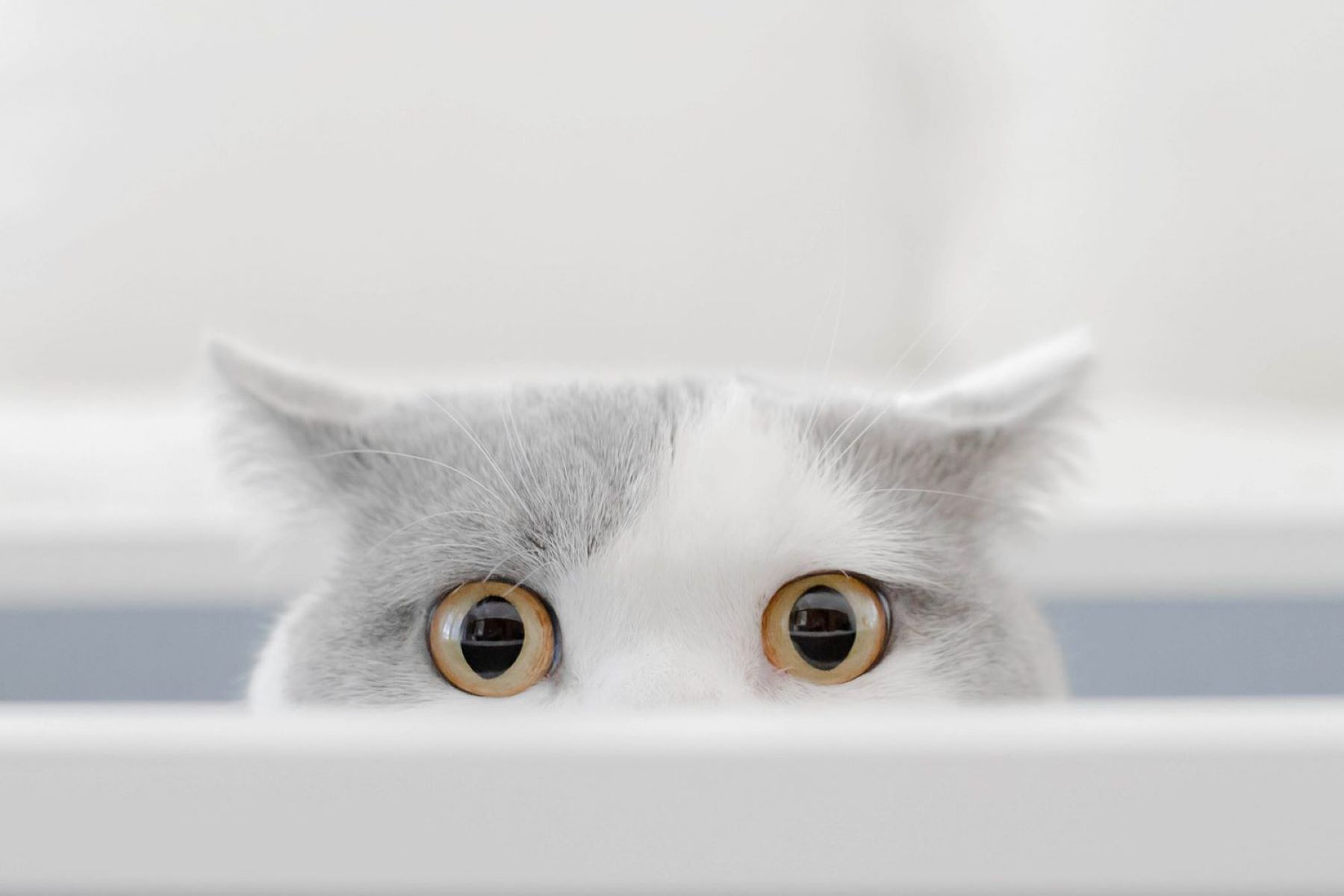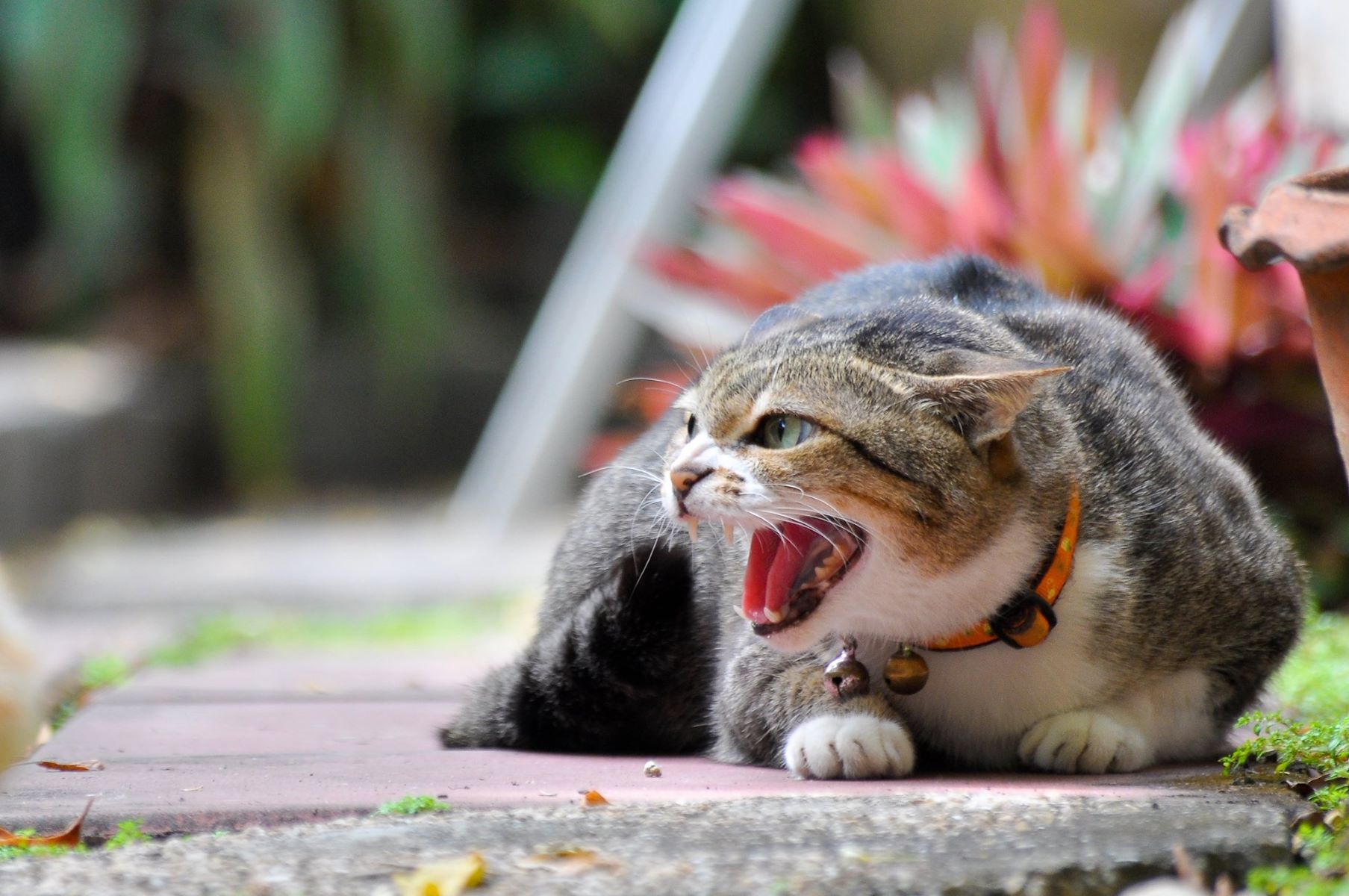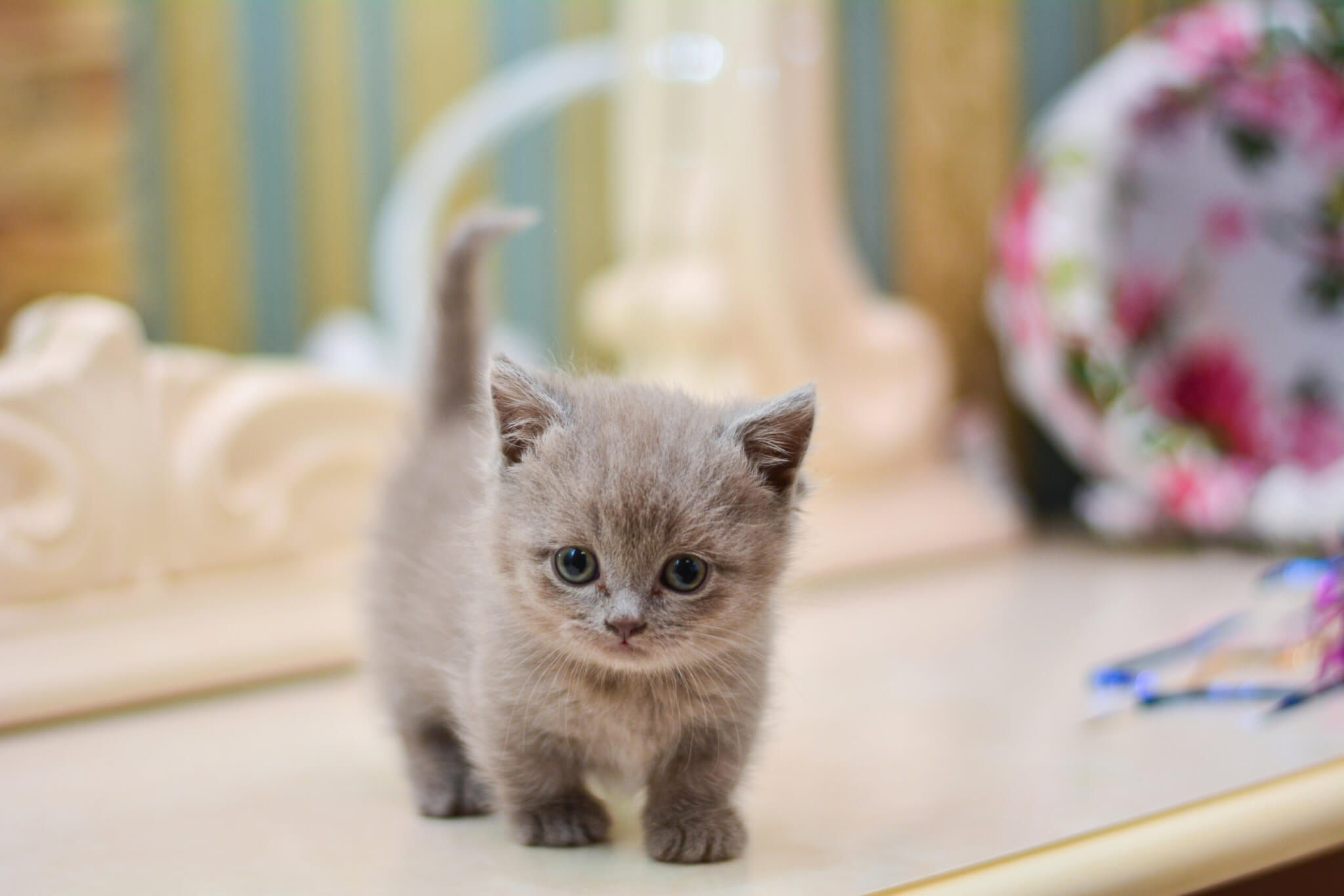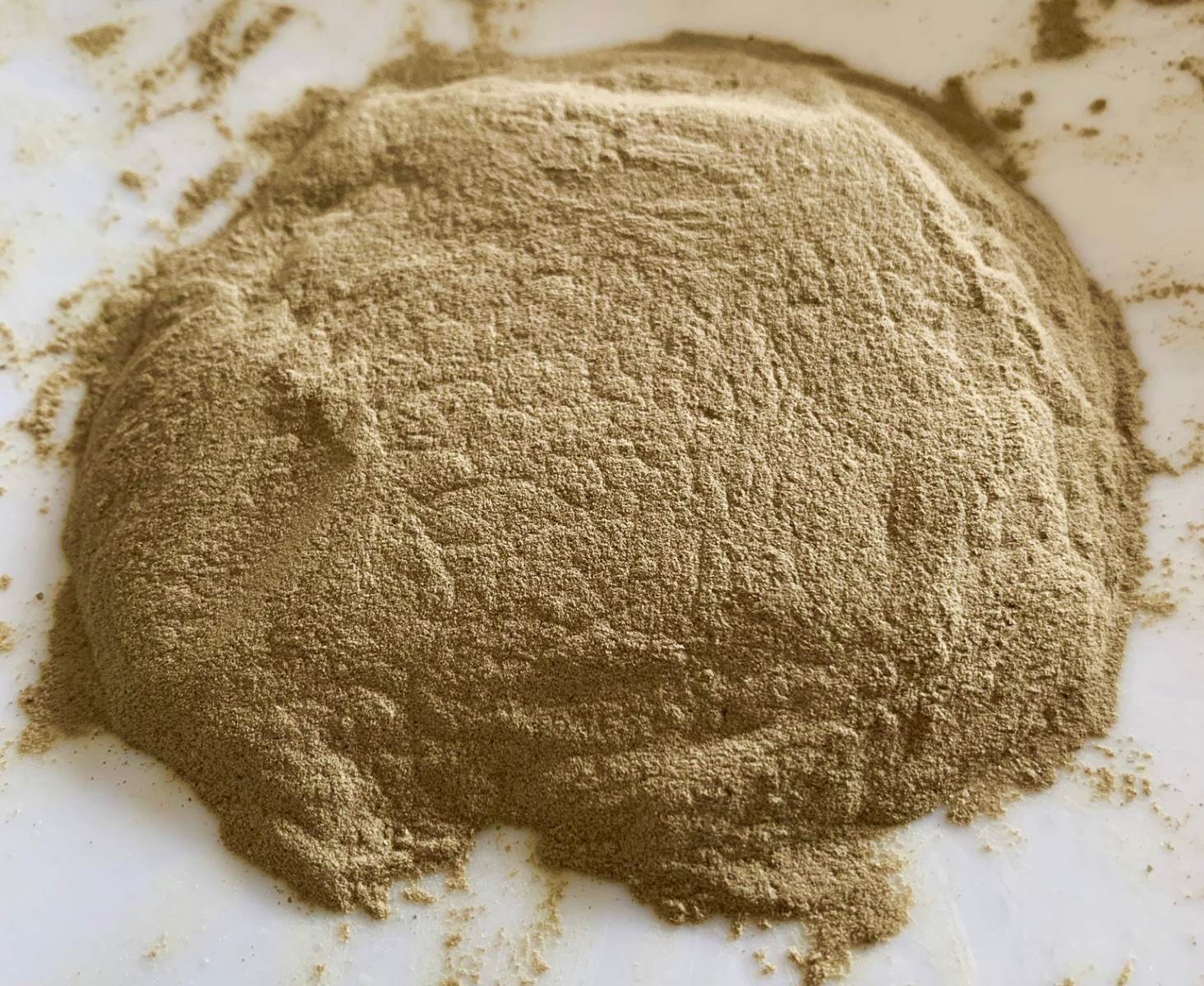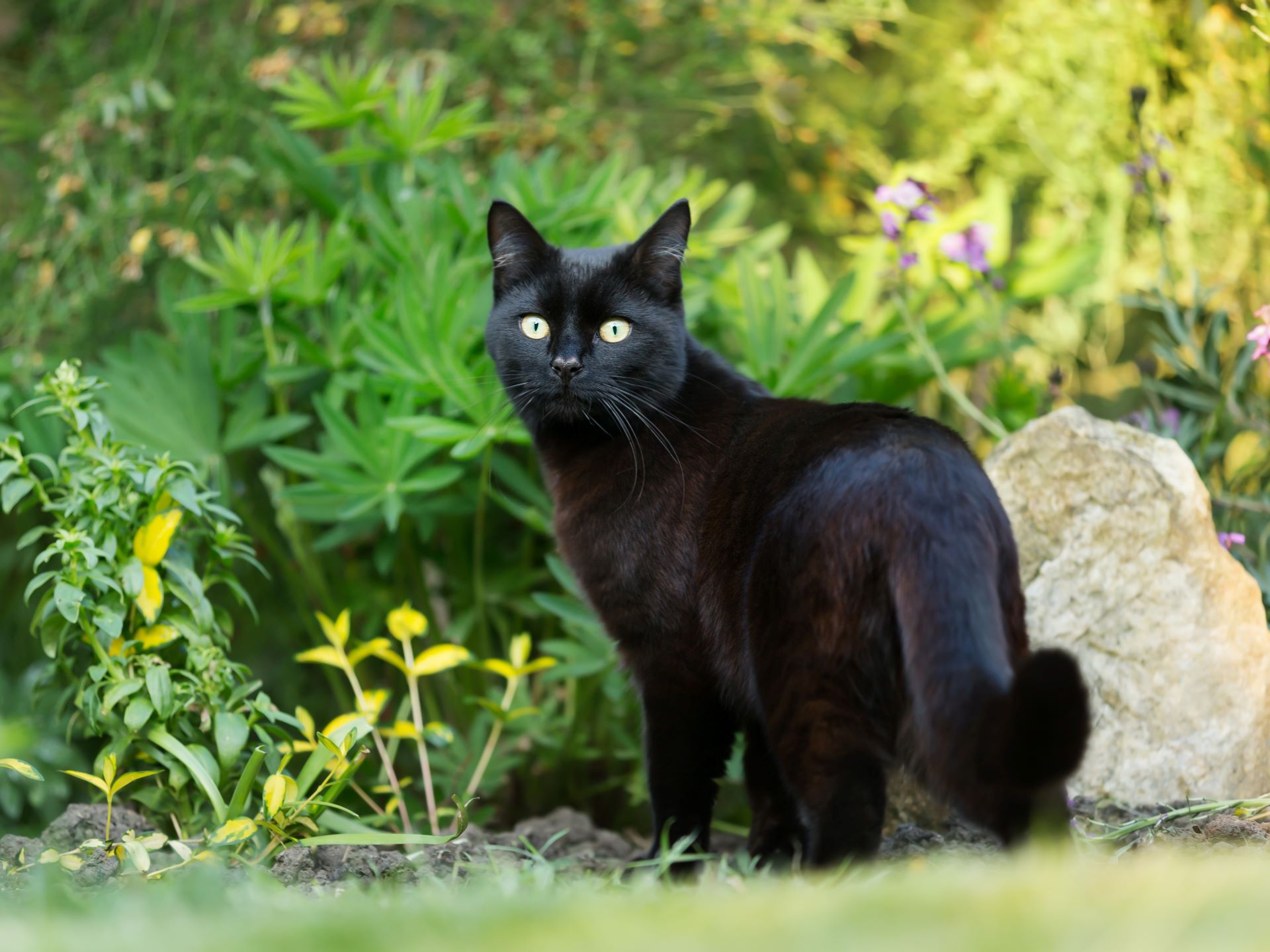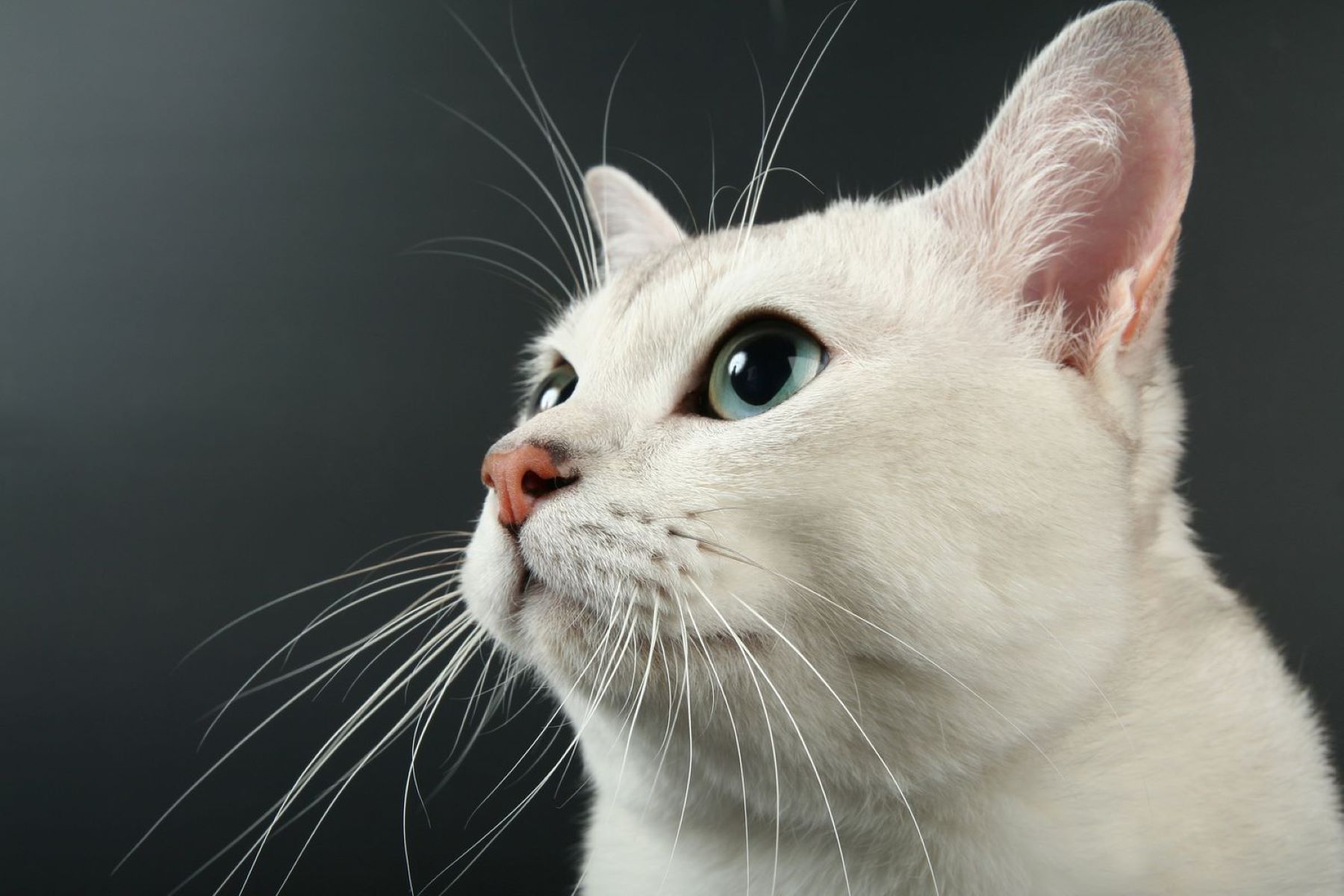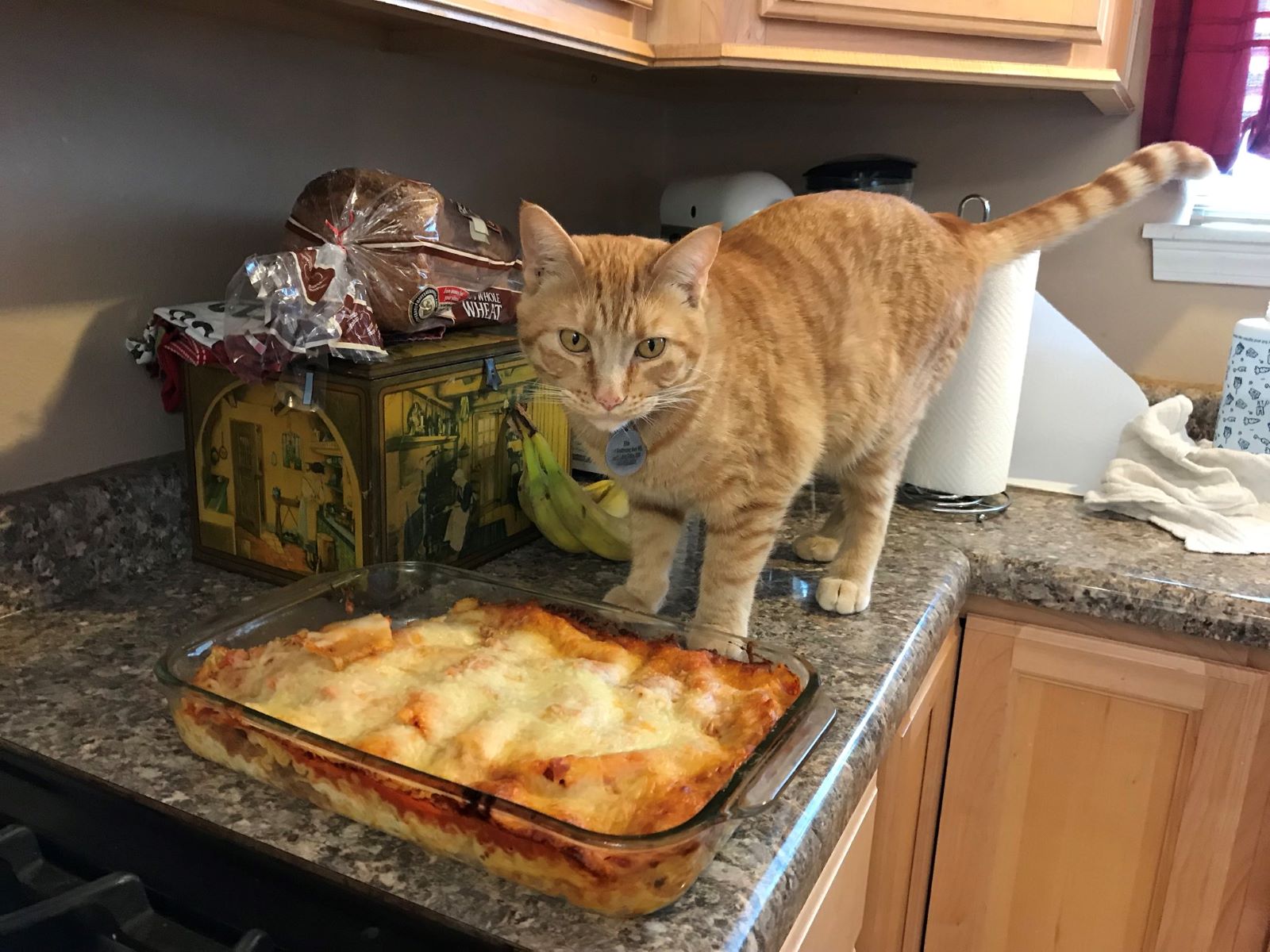Home>Pets & Animals>The Secret Behind Cats’ Muffin-Making Obsession Revealed!
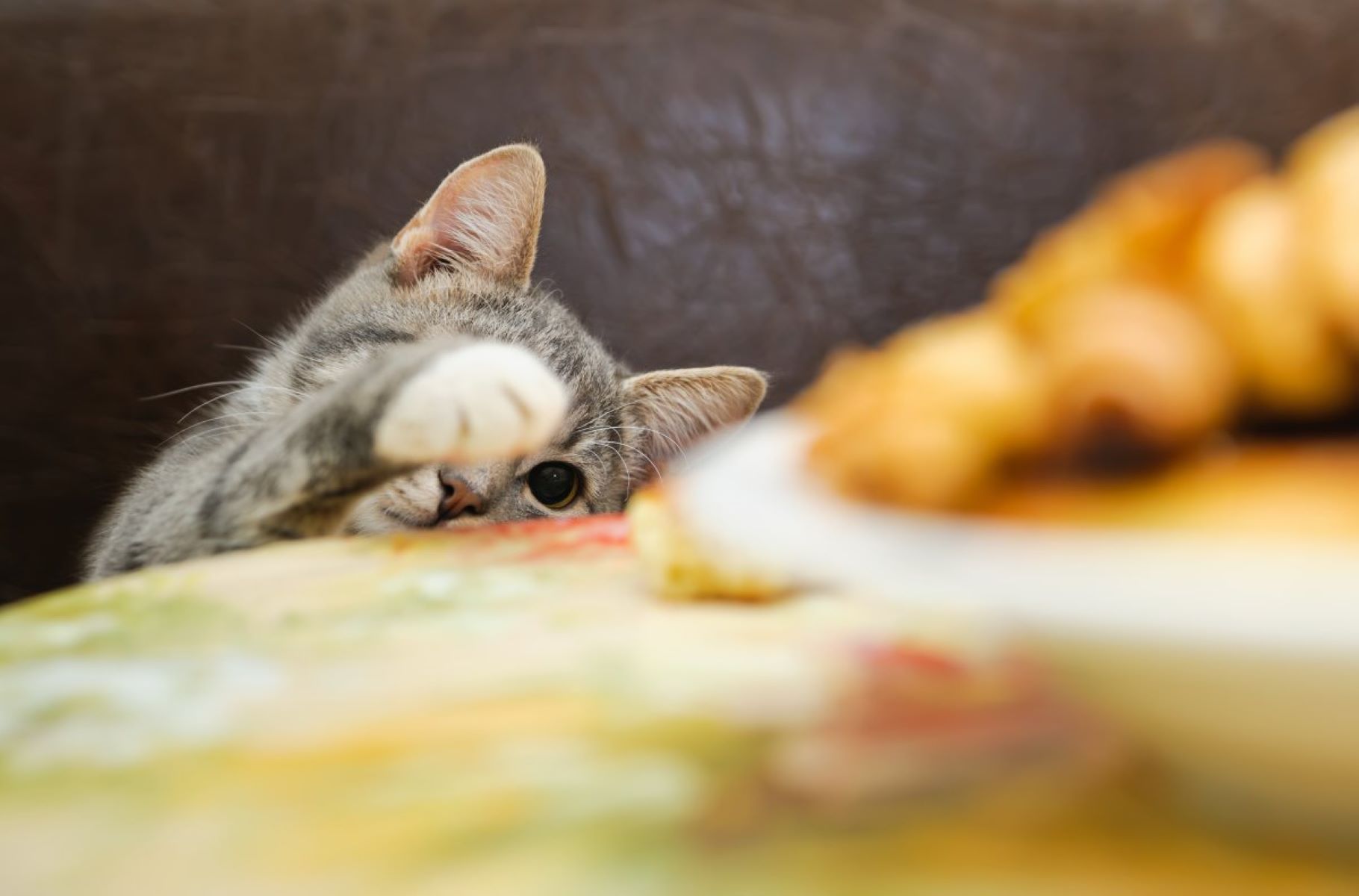

Pets & Animals
The Secret Behind Cats’ Muffin-Making Obsession Revealed!
Published: January 24, 2024
Uncover the fascinating reasons behind cats' obsession with "making muffins" and gain insights into their endearing behavior. A must-read for all pet and animal enthusiasts!
(Many of the links in this article redirect to a specific reviewed product. Your purchase of these products through affiliate links helps to generate commission for Regretless.com, at no extra cost. Learn more)
Table of Contents
Introduction
Cats are fascinating creatures, known for their enigmatic behaviors and mysterious ways of communicating with their human companions. One of the most endearing and peculiar behaviors exhibited by cats is their penchant for kneading, often referred to as "making muffins." This rhythmic motion, where a cat alternately pushes its paws in and out against a soft surface, has captivated feline enthusiasts for generations. But what drives this seemingly instinctive behavior? Is there a deeper significance behind this adorable display of feline contentment?
In this article, we will delve into the intriguing world of cats and unravel the secrets behind their muffin-making obsession. By exploring the science, evolutionary theories, and emotional connections associated with kneading, we aim to shed light on this age-old feline behavior. So, grab a cozy spot and prepare to embark on a journey into the mesmerizing realm of cats and their endearing kneading rituals.
The Science of Kneading
The rhythmic motion of kneading, characterized by a cat's gentle yet purposeful pressing and retracting of its paws against a soft surface, has piqued the curiosity of cat lovers and scientists alike. While this behavior may appear whimsical and instinctual, there are intriguing scientific explanations that underpin this endearing feline trait.
Physical and Emotional Triggers
Kneading is often observed in kittens during nursing, where they rhythmically press their paws against their mother's mammary glands to stimulate milk flow. This early association between kneading and nourishment suggests that the behavior is deeply ingrained in a cat's instinctual repertoire. Furthermore, the act of kneading is believed to release endorphins, providing a sense of comfort and contentment for the feline practitioner. This dual nature of kneading, serving both a physical and emotional purpose, underscores its significance in the feline world.
Territorial Marking and Stress Reduction
Additionally, kneading is thought to be a remnant of ancestral behaviors when wild cats would pat down grass or foliage to create a comfortable resting spot. This instinctual action allowed them to mark their territory with the scent glands located in their paw pads. Even in domestic settings, cats may knead as a means of marking their territory, a behavior that harkens back to their wild instincts.
Muscle Memory and Relaxation
From a physiological standpoint, the act of kneading engages a cat's muscles, promoting circulation and flexibility. This repetitive motion, reminiscent of a massage, can be a form of self-soothing for cats, especially during times of stress or anxiety. The rhythmic nature of kneading may serve as a calming mechanism, allowing cats to release tension and unwind in a familiar and comforting manner.
In essence, the science behind kneading unveils a multifaceted aspect of feline behavior. From its roots in kittenhood nourishment to its role in territorial marking and stress reduction, kneading embodies a blend of instinctual, emotional, and physical elements that contribute to the holistic well-being of our feline companions. Understanding the science behind this seemingly simple yet profound behavior adds depth to our appreciation of the intricate world of cats.
This section explores the scientific underpinnings of kneading, shedding light on the multifaceted nature of this endearing feline behavior. From its origins in kittenhood nourishment to its role in marking territory and promoting relaxation, kneading encompasses a rich tapestry of instinctual, emotional, and physical elements that contribute to the holistic well-being of our beloved feline friends.
Evolutionary Explanations
The enigmatic behavior of kneading, deeply ingrained in the feline psyche, carries echoes of ancient evolutionary adaptations. As we unravel the evolutionary explanations behind this endearing behavior, we are transported back to the ancestral roots of our feline companions.
In the wild, ancestral cats relied on their keen instincts and adaptive behaviors to ensure their survival. The act of kneading, often associated with creating a comfortable resting spot, served as a practical and instinctual behavior in the natural environment. By patting down grass, foliage, or other soft materials, wild cats could establish a cozy and secure resting place, thereby enhancing their chances of safety and relaxation.
Furthermore, the scent glands located in a cat's paw pads played a pivotal role in territorial marking, a behavior deeply intertwined with the act of kneading. In the wild, marking territory with their unique scent served as a means of communication and boundary establishment among feline counterparts. This primal instinct to mark their domain through kneading has persisted through generations, manifesting in domestic cats as a subtle yet significant display of territorial ownership.
The evolutionary significance of kneading extends beyond mere practicality, delving into the emotional and social fabric of feline communities. In the wild, communal living and social hierarchies shaped the behaviors of ancestral cats. Kneading, with its dual purpose of creating a comfortable space and marking territory, also carried social implications. It signaled a cat's presence within a communal space, communicating its role within the social structure and reinforcing bonds with fellow felines.
In the context of domestication, these evolutionary underpinnings continue to influence the behavior of modern-day cats. While the landscape may have shifted from the savannas and forests to cozy homes, the innate instincts and adaptive behaviors of cats remain deeply rooted in their genetic heritage. Thus, the act of kneading, with its evolutionary origins intertwined with practical, territorial, and social significance, serves as a poignant reminder of the enduring legacy of our feline companions' ancestral past.
As we contemplate the evolutionary explanations behind kneading, we gain a deeper appreciation for the intricate tapestry of feline behavior. The echoes of ancient instincts and adaptive strategies reverberate in the endearing act of kneading, offering a glimpse into the timeless connection between our modern-day cats and their wild ancestors.
Comfort and Bonding
The act of kneading goes beyond mere physical comfort; it serves as a profound avenue for emotional expression and bonding between cats and their human companions. When a cat engages in kneading, it often seeks out soft, pliable surfaces such as blankets, pillows, or even its owner's lap. This deliberate choice of location underscores the emotional significance of kneading as a means of seeking comfort and establishing a sense of security.
From a feline perspective, kneading can be viewed as a form of self-soothing and relaxation. The rhythmic motion, reminiscent of the nurturing embrace of their mother during nursing, evokes feelings of warmth and contentment. As cats knead, they may purr softly, further reinforcing the tranquil ambiance and creating a soothing environment for themselves.
Moreover, the act of kneading is often accompanied by a state of deep relaxation, with cats appearing visibly serene and at ease. This state of tranquility fosters a sense of emotional connection between the cat and its immediate surroundings, whether it be a cherished blanket or the comforting presence of their human companion. In this way, kneading becomes a conduit for emotional bonding, allowing cats to express their affection and trust in a gentle, non-verbal manner.
For cat owners, witnessing their feline companions engage in kneading can be a heartwarming experience. The act of kneading often elicits feelings of tenderness and closeness, as it signifies the cat's desire for intimacy and emotional connection. By understanding and appreciating the emotional underpinnings of kneading, cat owners can strengthen their bond with their feline friends, fostering a deeper sense of mutual trust and companionship.
In essence, the ritual of kneading encapsulates a poignant blend of physical comfort and emotional bonding, offering a window into the intricate world of feline emotions and connections. As cats seek solace and express their affection through this endearing behavior, they forge a deeper bond with their human companions, enriching the shared experience of companionship and mutual understanding.
Stress Relief and Communication
The act of kneading serves as a multifaceted tool for stress relief and communication in the feline world. Cats, known for their sensitivity to environmental changes and emotional fluctuations, often turn to kneading as a means of alleviating stress and expressing their emotional state.
Stress Relief: Kneading, with its rhythmic and repetitive motion, offers cats a natural outlet for releasing tension and anxiety. During periods of uncertainty or unease, cats may instinctively engage in kneading to soothe themselves and regain a sense of calm. This self-soothing behavior is akin to humans engaging in stress-relieving activities such as gentle massages or rhythmic movements to alleviate tension. The physical act of kneading engages a cat's muscles and promotes relaxation, providing a therapeutic mechanism for coping with stressors in their environment.
Communication: Beyond its role in stress relief, kneading also serves as a form of non-verbal communication for cats. When a cat kneads, it may exhibit subtle signs of contentment and security, using this rhythmic behavior to convey a sense of well-being and emotional equilibrium. Additionally, kneading can be a means of expressing affection and trust towards their human companions, as cats often choose to knead in the presence of individuals they feel connected to. This gentle display of emotional communication through kneading reinforces the intricate bond between cats and their human counterparts, fostering a deeper understanding of feline emotions and needs.
Furthermore, the context in which a cat engages in kneading can offer valuable insights into their emotional state and environmental perception. For instance, a cat may knead more frequently when introduced to a new environment or during periods of transition, using this behavior as a coping mechanism to acclimate to unfamiliar surroundings. Observing a cat's kneading patterns and the accompanying cues, such as purring or relaxed body language, can provide valuable clues about their emotional well-being and comfort level in their immediate surroundings.
In essence, kneading embodies a multifaceted role in the feline repertoire, serving as both a therapeutic tool for stress relief and a nuanced form of non-verbal communication. By recognizing the profound significance of kneading in the emotional landscape of cats, we gain a deeper appreciation for their adaptive strategies and the subtle ways in which they navigate their inner world and communicate with their human companions.
Conclusion
In conclusion, the enigmatic behavior of kneading, often affectionately referred to as "making muffins," unveils a rich tapestry of feline instincts, emotions, and evolutionary legacies. From its origins in kittenhood nourishment to its role in marking territory, promoting relaxation, and fostering emotional bonds, kneading embodies a multifaceted aspect of feline behavior that transcends mere physical motion.
The scientific exploration of kneading reveals the intricate interplay between instinctual triggers, emotional comfort, and physical well-being. Cats' innate propensity to engage in kneading reflects a delicate balance between ancient evolutionary adaptations and modern-day expressions of comfort and security. Understanding the science behind this behavior adds depth to our appreciation of cats and their remarkable ability to navigate their inner world through rhythmic and purposeful gestures.
Furthermore, the evolutionary explanations behind kneading offer a poignant reminder of the enduring legacy of our feline companions' ancestral past. The echoes of ancient instincts and adaptive strategies reverberate in the endearing act of kneading, providing a glimpse into the timeless connection between modern-day cats and their wild ancestors.
The emotional significance of kneading, as a conduit for bonding and communication, underscores the profound nature of this behavior. Cats' deliberate choice of soft, pliable surfaces and their state of deep relaxation during kneading highlight the emotional depth and trust embedded within this seemingly simple act. For cat owners, recognizing the emotional underpinnings of kneading offers a pathway to strengthen their bond with their feline companions, fostering a deeper sense of mutual understanding and companionship.
Ultimately, kneading serves as a multifaceted tool for stress relief and communication in the feline world. Cats' instinctual inclination to engage in kneading during periods of uncertainty or unease reflects their adaptive strategies for coping with environmental changes. Additionally, the non-verbal cues and emotional expressions intertwined with kneading offer valuable insights into cats' emotional well-being and their perceptions of their immediate surroundings.
In essence, the ritual of kneading encapsulates a poignant blend of physical comfort, emotional bonding, and adaptive strategies, offering a window into the intricate world of feline emotions and connections. As cats seek solace and express their affection through this endearing behavior, they forge a deeper bond with their human companions, enriching the shared experience of companionship and mutual understanding.
